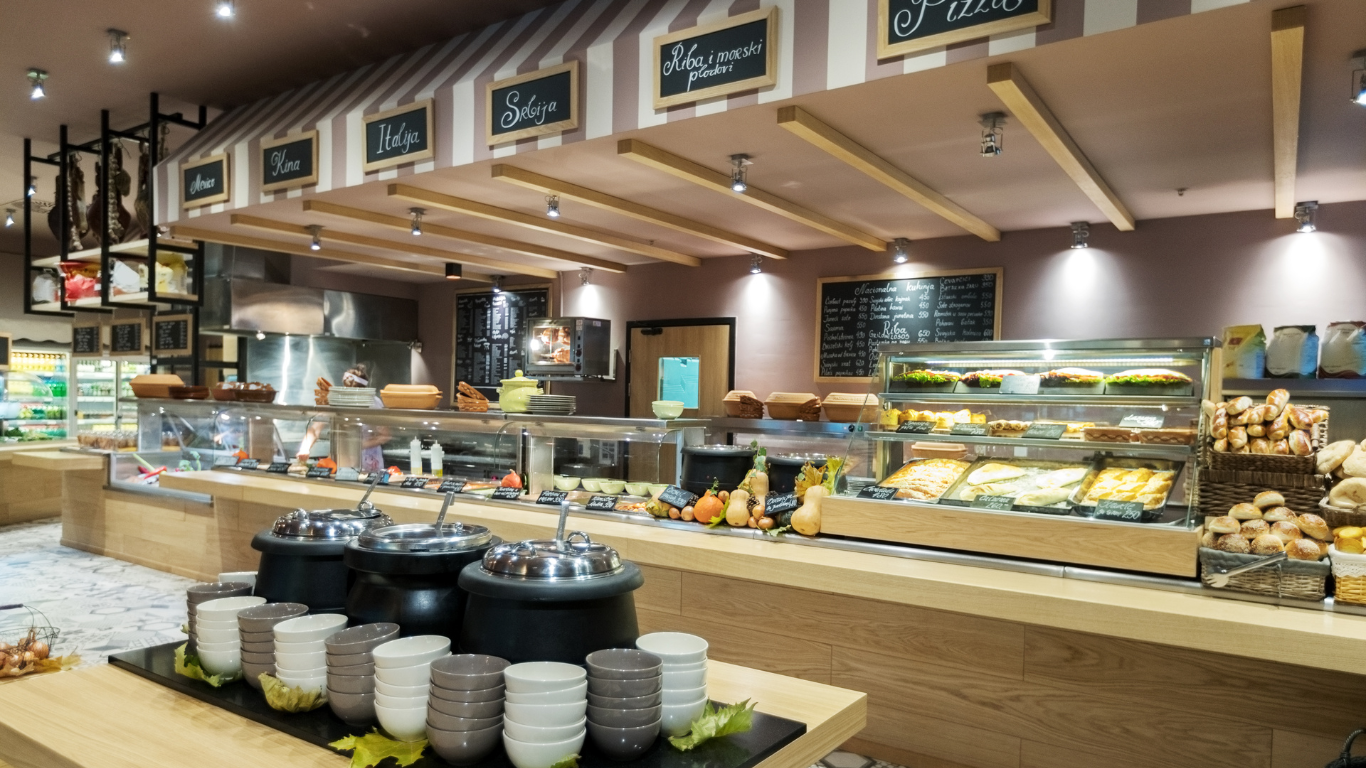Case Study: Monitoring and Automation in the Restoration of a Department Store
The Challenge
Nowadays, efficiency in the management of catering spaces within large areas is key to guaranteeing optimal service, complying with safety standards and optimizing energy resources. In this context, a well-known multinational company in the furniture sector presented us with a challenge: implement an automated monitoring and control system for the refrigeration equipment in your foodservice area..
The objective was clear: to guarantee the optimal functioning of all essential equipment for food preservation, minimizing risks and optimizing operational efficiency. To achieve this, a system was designed to cover 19 critical control points, ensuring that each one operated within optimal parameters and allowing real-time remote monitoring.
The Solution
- Advanced monitoring of a TCP-IP chiller: This equipment, essential for daily operations, required continuous and precise control. A system was developed that allows knowing its status at all times, avoiding failures and allowing an immediate response to any anomaly.
- Centralized management of 5 essential refrigeration equipment: A monitoring system was implemented in cold storage rooms. This ensures that the temperature is maintained within the appropriate ranges, protecting the quality of the stored products.
- Supervision of 12 refrigeration cabinets and a Grundfos pumping unit: The automation and control of these elements makes it possible to detect temperature variations and optimize their energy consumption, reducing the risk of unexpected failures.
Key Results
- Increased operational safety:
Reduced risk of critical equipment failure, avoiding losses of
product and downtime. - Energy efficiency: Monitoring and
adjustment of consumption based on demand, optimizing energy use. - Real-time monitoring: Remote control
from any location, facilitating decision making. - Intelligent automation: Automatic
response to changes in key parameters, reducing the need for
manual intervention.
Conclusion
This project reflects how technology can transform
the operation of catering spaces, ensuring that each equipment
works within its optimal conditions and facilitating the management for the
staff in charge.
